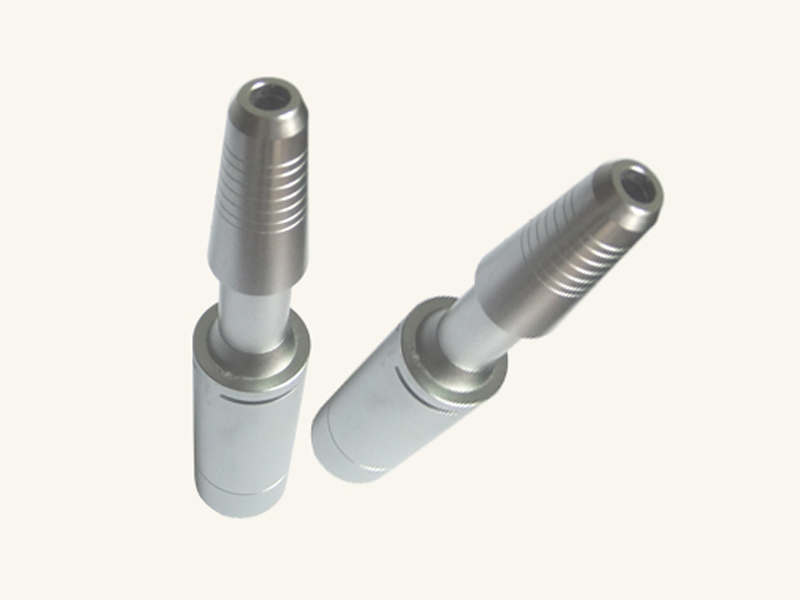Process analysis is to analyze the rationality of the processing requirements of the parts according to the drawings, and at the same time determine the clamping mode of the processed parts on the numerical control lathe, and make a reasonable choice of the surface processing sequence, feed route and dosage of the parts. This is the preliminary preparation stage of turning processing, and the analysis of the process formulation directly affects the subsequent programming, processing efficiency and part processing accuracy. At the same time, the turning process is very strict for the preparation, and the technical requirements for the programmer are relatively high. In order to ensure the degree of rationality and practicality, the programmer is required not only to be familiar with the programming language, but also to be proficient in the working principle, performance and processing technology of the numerical control lathe, so as to ensure the rationality and practicality of the processing technology. Therefore, when analyzing the numerical control turning process, it is necessary to ensure that the processing technology is reasonable and practical according to the characteristics of the numerical control lathe and the processing technology principles.
Numerical control turning process content: 1. Select and determine the content of numerical control turning of parts, 2. Analyze the numerical control turning process of parts or drawings, 3. Selection and adjustment of tools and fixtures, 4. Design of processes and steps, 5. Calculation and optimization of machining trajectories, 6. Compilation, verification and modification of numerical control turning procedures, 7. Processing of first parts and on-site problems, 8. Preparation of numerical control machining process technical documents. 


 Spanish
Spanish Arabic
Arabic Spanish Basque
Spanish Basque Portuguese
Portuguese Belarusian
Belarusian Japanese
Japanese Russian
Russian Icelandic
Icelandic Bulgarian
Bulgarian Azerbaijani
Azerbaijani Estonian
Estonian Irish
Irish Polish
Polish Persian
Persian Boolean
Boolean Danish
Danish German
German French
French Filipino
Filipino Finnish
Finnish Korean
Korean Dutch
Dutch Galician
Galician Catalan
Catalan Czech
Czech Croatian
Croatian Latin
Latin Latvian
Latvian Romanian
Romanian Maltese
Maltese Malay
Malay Macedonian
Macedonian Norwegian
Norwegian Swedish
Swedish Serbian
Serbian Slovak
Slovak Slovenian
Slovenian Swahili
Swahili Thai
Thai Turkish
Turkish Welsh
Welsh Urdu
Urdu Ukrainian
Ukrainian Greek
Greek Hungarian
Hungarian Italian
Italian Yiddish
Yiddish Indonesian
Indonesian Vietnamese
Vietnamese 简体中文
简体中文 Haitian Creole
Haitian Creole





